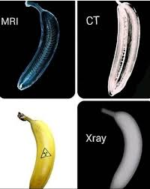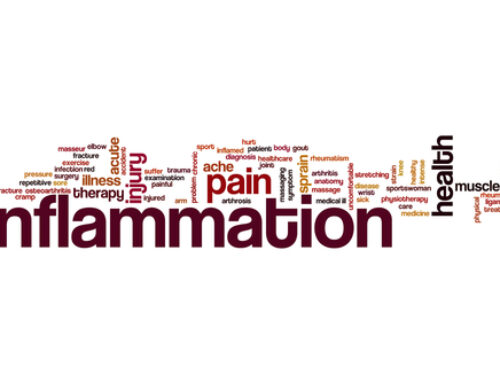I am surprised on occasion when somebody asks if chiropractic can help with sciatica. It is perhaps one of the most common conditions that chiropractors do treat. When someone says “sciatica”, what comes immediately to your mind? Pain running down the leg? Pain in the buttock? Numbness in the foot?
Technically, sciatica is defined as “pain radiating along the sciatic nerve, which runs down one or both legs from the lower back”. Often though, the term “sciatica” is used for any pain in the hip or leg, confusing both patients and doctors when they are communicating together. This is mainly due to the fact that there are many structures that can cause leg pain. In this blog post, I hope to clarify what creates pain in the hips and legs as well as help to better define if yours is sciatica or something else.
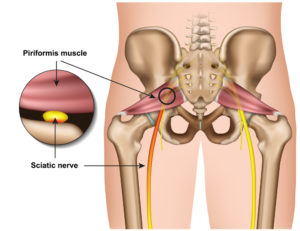
The sciatic nerve is a large nerve that starts in the low back and branches off into smaller nerves throughout each of your legs. The sciatic nerve starts in the lower back in the spinal cord from levels L4-S3 and runs down the gluteal region by the piriformis (possibly through or splitting it) down the back of the leg. True sciatica is when that nerve gets entrapped (pinched) as it exits the spine, most often by a bulging disc. The classic case of sciatica is when pain is perceived on the outside of the calf and back of the leg, along with the top, bottom, and outside of the foot. This symptom pattern is perhaps the most clinically concerning sciatica pattern and has the greatest potential to need surgical intervention. However, nearly 85% of these cases can be managed conservatively, preventing any necessary surgery. In fact, most sciatica cases will even self-resolve in a matter of a few months, but you will most likely find that chiropractic care will greatly speed up the recovery process.
Other types of pain patterns often referred to as “sciatica” are muscle strains or peripheral nerve entrapments of the sciatic nerve. The piriformis, long head of the biceps femoris, tibialis anterior, and arch of the soleus are all common entrapment sites of the sciatic nerve or one of its smaller branches. Each of these entrapments will cause pain in different places along your leg/foot. These variations have an even higher success rate of healing with chiropractic care and almost never go to surgery. These symptom patterns often present with achy to sharp pain on the side of the thigh, back of the hamstrings, stopping before it crosses the knee. These symptoms are more related to a local soft-tissue or joint injury instead of injury to the nerve.
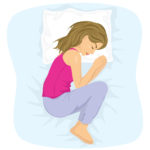 Most sciatica, low back pain, and/or leg pain cases are the result of repetitive strain of the muscles, ligaments, or joints of the low back and pelvis. There is most likely a frequent behavioral component to this type of back pain. Activities like sitting, sleeping in the fetal position, forward bending and lifting, and running can create this type of low back pain. When you come into [CORE], please let us know what activities you are frequently doing and if pain results from them, as they can be key to returning you back to a pain free life.
Most sciatica, low back pain, and/or leg pain cases are the result of repetitive strain of the muscles, ligaments, or joints of the low back and pelvis. There is most likely a frequent behavioral component to this type of back pain. Activities like sitting, sleeping in the fetal position, forward bending and lifting, and running can create this type of low back pain. When you come into [CORE], please let us know what activities you are frequently doing and if pain results from them, as they can be key to returning you back to a pain free life.
Other considerations when investigating a sciatica case include remembering that you cannot see muscles, discs, or ligaments on an x-ray. The only thing that can be visually seen on an x-ray is bone and spaces between bones. Imaging is a great tool, when used in the correct context, but it is not always necessary. Often tests and functional movement screens that we perform in our office tells us what we need and how we need to treat the patient. If imaging (x-ray, MRI, etc.) is needed we are able to order them. The reason that we are not quick to order an imaging study, unless there has been significant trauma, is because research shows that many people with NO low back pain, will have disc bulges or protrusions on MRI and arthritis on x-ray. This frequently leads to a false diagnosis and treatment that improves the pain may be delayed. That is why it is extremely important to have a knowledgeable physician do a thorough hands-on functional evaluation in office and not exclusively depend on imaging.
A wise chiropractic physician and DACBR (someone who is licensed to read imaging or a radiologist) once told me, “If you want a reason to operate on something, do an MRI”. MRI’s are the gold standard of imaging, but an MRI is only as good as the history and exam findings. Both MRI and exam findings must point to a similar diagnosis.
Image credit: https://imgur.com/gallery/60OC2ME
At [CORE] we see all of the symptoms listed above on a daily basis. We often look at the body in different ways than other providers. Our goal is to not only reduce your pain, but to figure out what the problem is and teach you ways to help yourself now and in the future. The techniques and rehabilitation we use in our office focuses on the long term goal, which is to help lessen the chance of the injury coming back.
One of the best ways that you can prevent your next back injury or help fix your current one is to improve your low back endurance. The stability of the low back is dependent upon your core muscles’ ability to maintain proper posture throughout your daily movement. As stated earlier, most sciatica and low back pain cases are created by repetitive movements. These repetitive movements fatigue the lower back’s stability system and injury will soon follow. To prevent this try these exercises found in our low back exercise video.
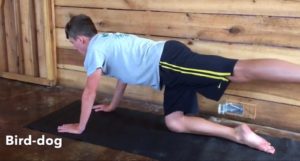
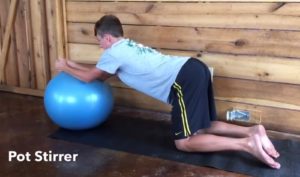
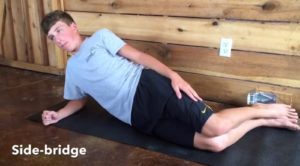
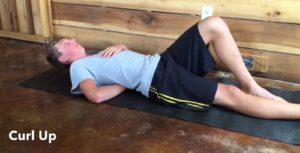
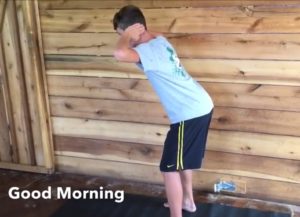
For more information on low back pain, myths of low back training and more, see one of our most popular blog posts, 8 Low Back Pain and Fitness Myths.
Nutritional Corner
Most sciatica and low back pain cases have some inflammatory component. Inflammation is best reduced with ice and following an anti-inflammatory diet. This includes a diet low in sugar or high carbohydrate foods combined with a diet high in Omega-3 fats. This combination helps to reduce the inflammatory chemicals produced by the normal American diet.
Likewise, two supplements can help with decreasing inflammation. Curcumin (turmeric) and CBD oils have both shown promise in reducing pain induced inflammation. Taken internally these two supplements can reduce the amount of free radicals and cytokines. Both of these chemicals are produced from metabolism of pro-inflammatory foods.
We at [CORE] are here to serve you. We use a variety of adjusting techniques, soft tissue therapy, acupuncture, and therapeutic rehabilitation to best meet your needs. We strive to provide hands-on care that address your biomechanical problems, minimize risk of re-injury, and to help you exceed your holistic healthcare goals.
Our goal is to educate our patients so that they understand what is going on and how they can help themselves feel better, all to help you become healthier than you have ever been.
Kick start your daily routine with 10% off Curcumin and CBD Oils now through October 31!
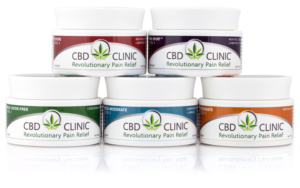
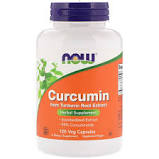

Daryl C. Rich, D.C., C.S.C.S.


